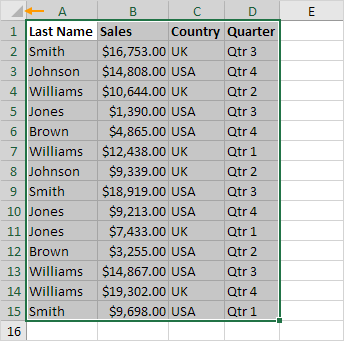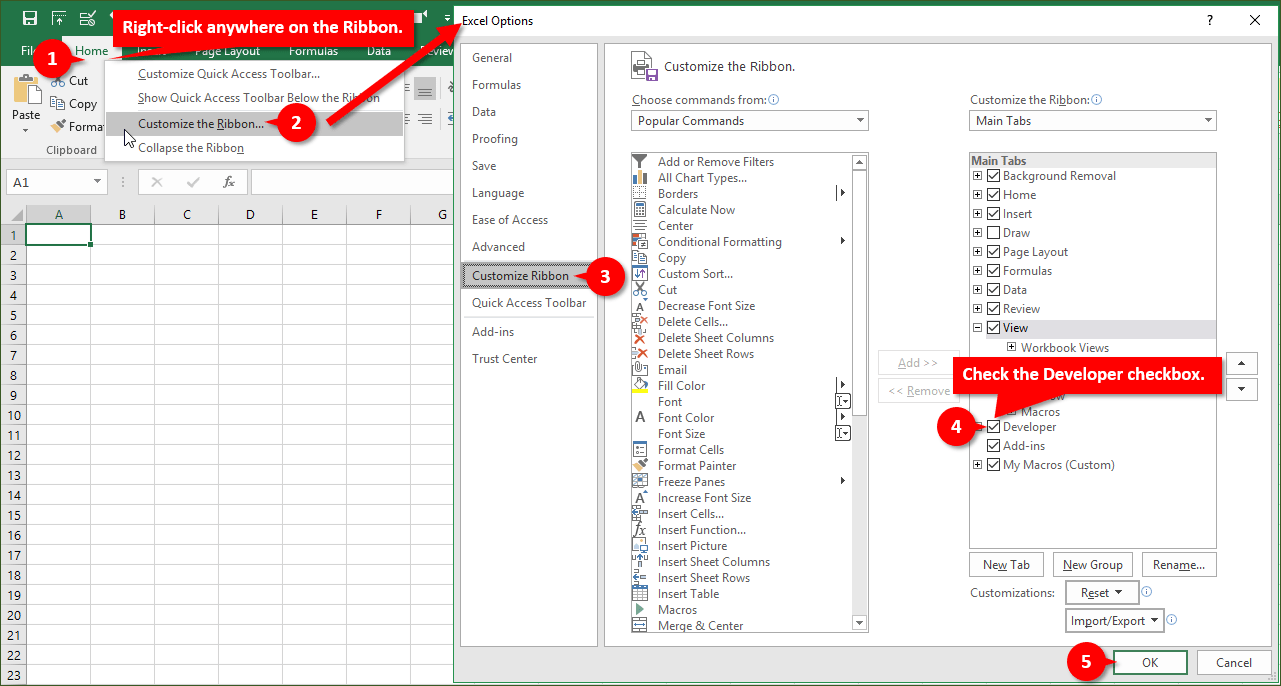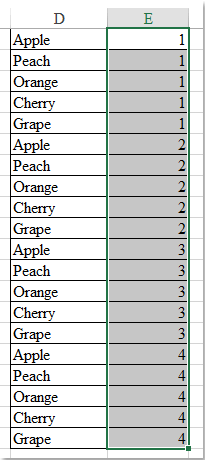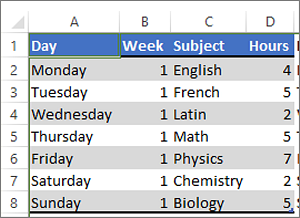

In this tutorial, we will discuss how you can use conditional formatting to apply shade alternating lines. A conditional format is the easiest way to apply these color schemes. There are many in-built color patterns and schemes you can use to shade your Excel data. Shading every other row in Excel can produce a wonderful contrast between these white rows and brighten your Excel experience. 7 Quick & Easy Ways to Number Rows in Excel.The stacks of white rows can dull your senses.Conditional Formatting to Create 100% Stacked Bar Chart in Excel.
#Excel for mac support fill every other row how to

If you plan to print this, make sure you use a light shade to highlight the rows so that it is readable.īonus Tip: Another quick way to highlight alternate rows in Excel is to convert the data range into an Excel Table. These banded rows are also called zebra lines and are quite helpful in increasing the readability of the data set.

Now let’s take a step back and understand how this thing works. That’s it!! You have the alternate rows highlighted. Click on the Format button to set the formatting.In Edit the Rule Description section, enter the following formula in the field:.In the dialogue box, click on “ Use a Formula to determine which cells to format” option.Open the Conditional Formatting dialogue box (Home–> Conditional Formatting–> New Rule).Select the data set (B4:D15 in this case).Here are the steps to highlight every alternate row in Excel: This can easily be achieved using conditional formatting. Let’s say you want to highlight every second month (i.e., February, April and so on) in this data set.

Suppose you have a dataset as shown below: Watch Video – How to Highlight Alternate (Every Other Row) in Excelīelow is the complete written tutorial, in case you prefer reading over watching a video.Ĭonditional Formatting in Excel can be a great ally in while working with spreadsheets.Ī trick as simple as the one to highlight every other row in Excel could immensely increase the readability of your data set.


 0 kommentar(er)
0 kommentar(er)
